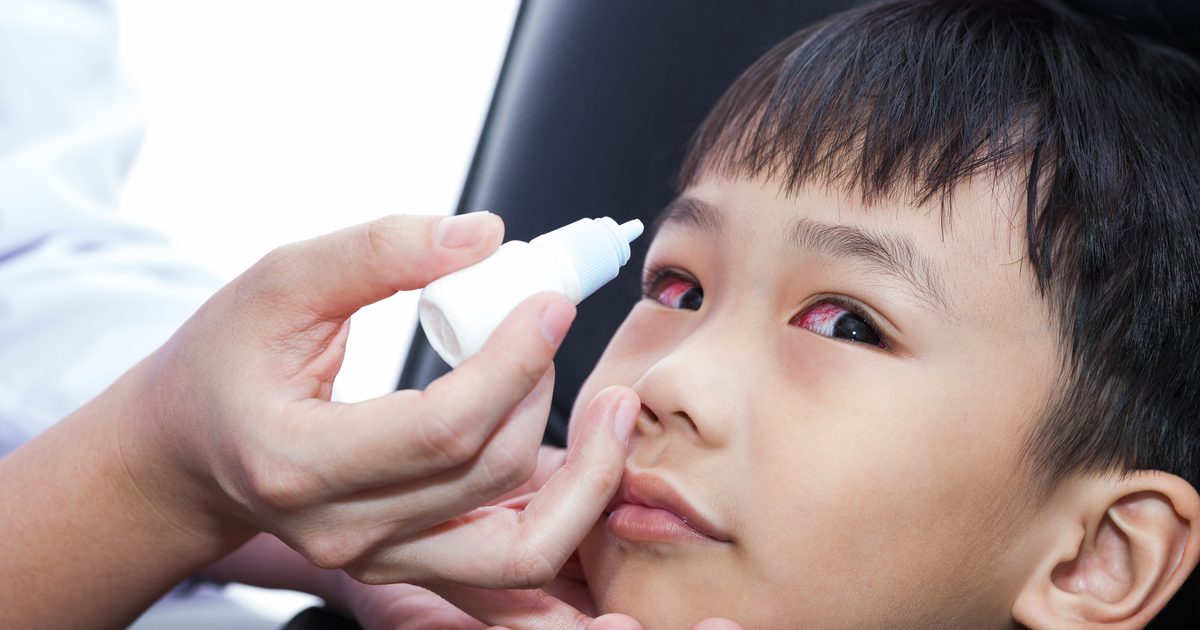Warning Signs Linked To Measles
Measles is a highly contagious viral infection that affects an individual's respiratory system and skin. Measles spreads when an individual who is unvaccinated breathes in or makes contact with contaminated particles or surfaces. An individual who has been exposed to measles will begin to show symptoms between seven and fourteen days following their exposure. This infection can be spread during the four days prior to the rash manifestation until four days after the rash starts. Certain individuals who have compromised immune systems such as those who have HIV are contagious for a longer period when infected with measles. While there is a vaccine available to prevent measles, there is no cure for the infection. Treatment for measles focuses on managing symptoms, preventing complications, minimizing contact with others, and helping the individual's body fight the virus off. Part of treatment depends on which symptoms are affecting a measles patient.
Learn about the major warning signs of measles now.
Conjunctivitis
Conjunctivitis (pink eye) is an infection of an individual's conjunctiva, the transparent membrane that lines the eyelid and the white of the eye. This infection results in watery eyes, swelling, and redness. Pink eye occurs in almost all individuals who contract the measles. Conjunctivitis is a symptom that manifests in the early stages of the disease, and it is accompanied by other characteristic flu-like symptoms. The measles skin rash typically appears on an individual affected by measles between two and three days after the eye infection manifests. Secondary bacterial infection of the conjunctiva may also occur in measles patients. Both bacterial and viral pink eye can be spread extremely easily from one person to the next, regardless of its association with the measles infection itself. Conjunctivitis in individuals affected by measles typically does not cause any long term damage to the eyes or eyesight. However, in some rare cases, patients may experience complications such as ulceration of the eye surface or blindness.
Learn more about the symptoms of measles now.
Sore Throat

A sore throat is best described as when an individual feels irritation, pain, or scratchiness in their throat. The irritation or pain in the throat tends to worsen when an individual tries to eat food, swallow, and speak. An individual affected by a sore throat may experience a muffled or hoarse-sounding voice. There are numerous causes of a sore throat, but the most prevalent is a viral infection. Because measles is a viral infection of the respiratory tract, it can cause inflammation of an individual's throat. A measles patient may feel pain in their throat as a consequence of nasal discharge in the throat, or the throat can become infected by the measles virus itself. The scratchiness, pain, and inflammation can present with swelling of the tonsils and abnormally red coloring of the affected tissues. A sore throat precipitated from the measles virus is typically accompanied by a high fever, runny nose, and a dry cough. An affected individual may also experience swelling and soreness of the lymph nodes in the neck as their body works to fight the measles virus off.
Get the details on more measles warning signs now.
